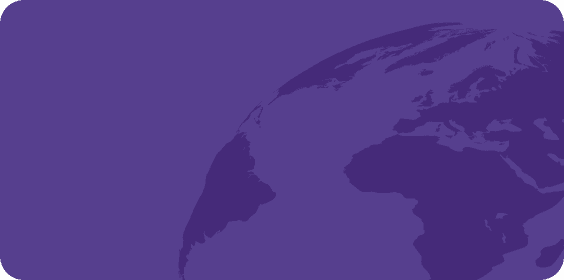Tariff Uncertainty in 2025: How It Disrupts Hiring and Why EOR Matters

Key takeaways
- Tariffs and trade restrictions in 2025 are forcing companies to redraw workforce plans, not just supply chains.
- Global forecasts show trade contraction and CFOs delaying investments, which directly impacts hiring strategies.
- Industries like manufacturing, automotive, retail, and construction are most exposed to hiring disruption under tariff pressure.
- Employers are reallocating roles to alternative markets; EOR makes this possible without costly entities or delays.
- Workforce agility is now a core risk management strategy.
The 2025 tariff landscape is reshaping workforce strategy
Recent US tariffs have reshaped the global economic landscape. Companies now find themselves trying to keep up with reciprocal tariffs, new duties on imports, and sectoral increases in areas like steel, copper, and automobile manufacturing. The World Trade Organization (WTO) projects a 0.2% contraction in global merchandise trade this year, while a survey by the Federal Reserve Banks of Richmond and Atlanta, in collaboration with Duke University’s Fuqua School of Business, found that over 40% of CFOs are delaying investments under tariff uncertainty.
When it comes to their workforces, companies are being forced to pause or rewrite plans even while conditions are actively in flux. Yet delayed hiring can jeopardize growth and continuity.
How leading employers are adapting their hiring strategies
- Rebalancing headcount to new markets: Instead of cutting roles, employers are hiring in regions that have lower labor costs and/or are less exposed to tariffs, allowing them to keep growth initiatives on track.
- Building flexibility into workforce expansion: Employer of record (EOR) solutions allow companies to pursue hiring goals without sacrificing time and capital to set up an entity in another market, so expansion plans can move forward despite uncertainty.
- Utilizing local expertise to stay compliant: Organizations that choose to hire in other countries must comply with employment laws and policies in those markets.
Industries facing workforce disruption
The effects of the tariffs are not consistent from one sector to another. Certain industries are feeling the immediate impact of tariffs and trade shifts on their workforce plans.
- Manufacturing and automotive: Tariffs are causing cost overruns that squeeze production hiring and delay plant expansions. The manufacturing and automotive industries are among those most exposed to tariffs and cross-border supply chain issues.
- Retail, apparel, and consumer goods: Trade volatility disrupts hiring for supply chain, warehouse, and customer service roles
- Construction: Because of its heavy reliance on raw materials, companies in the construction industry may face the need to cut back on their workforces due to supply chain disruptions, higher costs, and contractual disputes.
Where organizations are pivoting their workforce plans
Trade disruptions are one of the many concerns that could ultimately prompt employers to reallocate headcount into new markets, often with the help of an EOR. Here is a look at some of the top countries where companies are looking to grow their international workforces in 2025.
Vietnam: Vietnam continues to be a strong base for manufacturing and electronics assembly, with emerging IT/engineering talent.
Poland and Romania: These EU markets offer stability for back-office, tech, and finance functions with reliable compliance standards for regulated industries like pharma.
Colombia: A growing nearshore option for North America with talent in IT, customer service, and back-office roles, many companies are looking at Colombia as an alternative to Mexico.
Portugal: An EU compliance environment with deep multilingual talent pools, Portugal is attractive for its customer support, digital services, and pharma operations.
The workforce risk of waiting
Delaying hiring decisions may feel safe, but immobility creates hidden costs that compound over time.
- Headcount gaps that delay product launches and service delivery.
- Stranded budget tied up in entity overhead while roles remain unfilled.
- Lost agility as competitors move talent to safer, more cost-effective hubs.
Safeguard Global: Workforce agility without the risk
With Safeguard Global, employers can keep workforce plans moving forward, no matter how tariffs and trade policies change.
- Hire, onboard, and pay employees in full legal compliance in 187 countries — no local entity required.
- Accelerate workforce planning with the ability to hire and onboard in weeks, not months.
- Partner with one provider for all your global workforce needs, whether you need recruitment, EOR services, entity setup, or help managing your workforce in a foreign country.
Act now to safeguard your global hiring strategy from trade disruption. Contact us today.





















